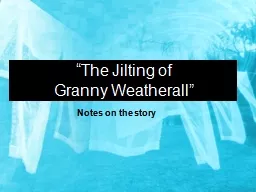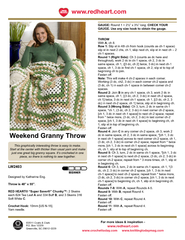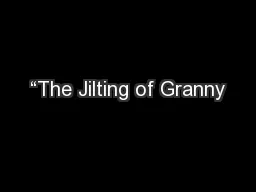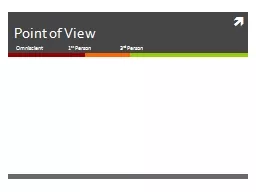PPT-“The Jilting of Granny
Author : debby-jeon | Published Date : 2018-10-20
Weatherall Notes on the story KATHERINE ANNE PORTER May 15 1890 September 18 1980 I shall try to tell the truth but the result will be fiction KATHERINE ANNE
Presentation Embed Code
Download Presentation
Download Presentation The PPT/PDF document "“The Jilting of Granny" is the property of its rightful owner. Permission is granted to download and print the materials on this website for personal, non-commercial use only, and to display it on your personal computer provided you do not modify the materials and that you retain all copyright notices contained in the materials. By downloading content from our website, you accept the terms of this agreement.
“The Jilting of Granny: Transcript
Download Rules Of Document
"“The Jilting of Granny"The content belongs to its owner. You may download and print it for personal use, without modification, and keep all copyright notices. By downloading, you agree to these terms.
Related Documents













![[EBOOK] GRANNY Gifts: GRANNY Notebook: Cute Lined Journal, Pink Flower, Floral 101 pages](https://thumbs.docslides.com/1005482/ebook-granny-gifts-granny-notebook-cute-lined-journal-pink-flower-floral-101-pages-6x9-size-blank-white-paper.jpg)
